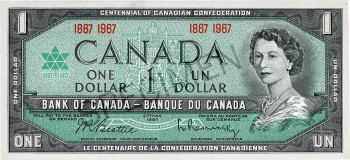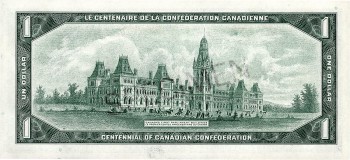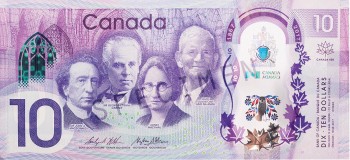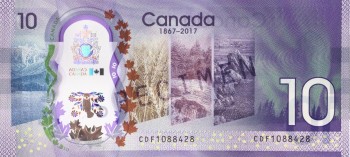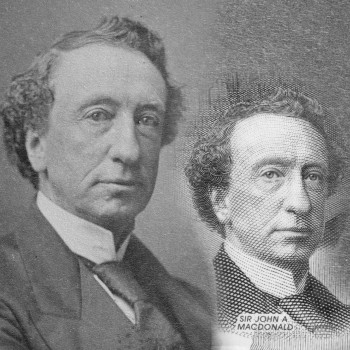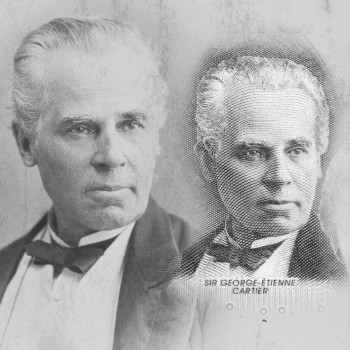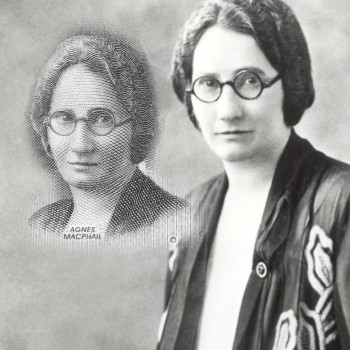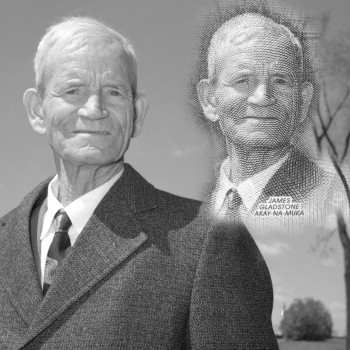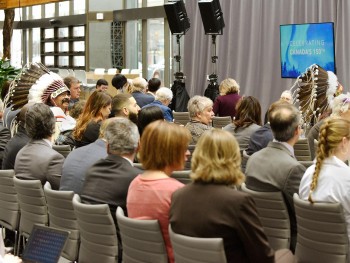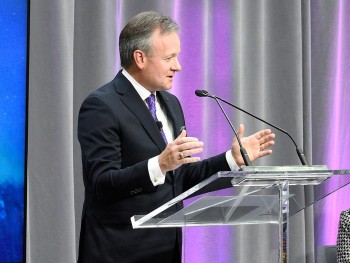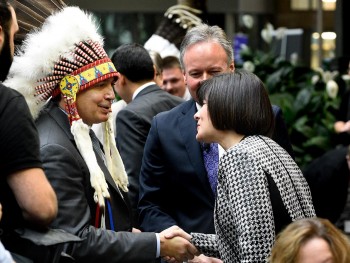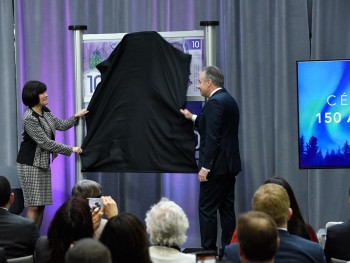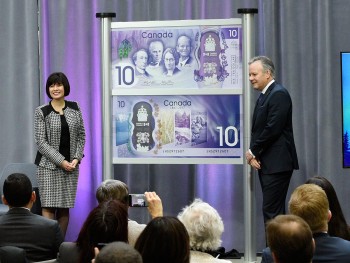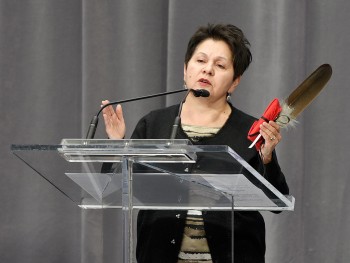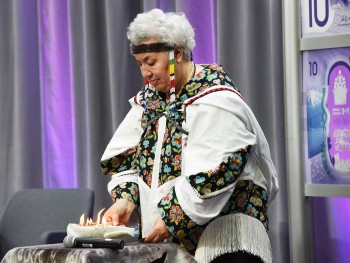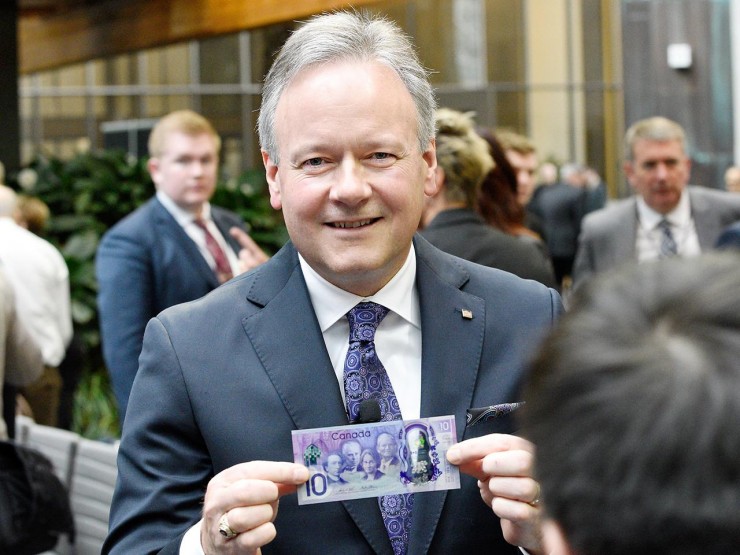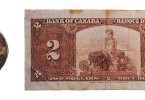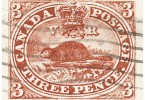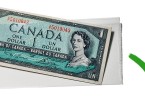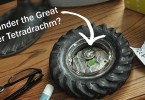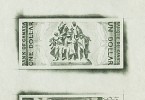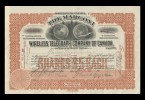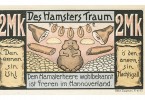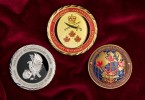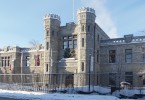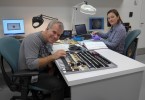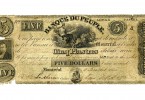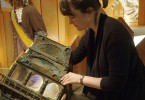This deserves a bank note
In 1967, the Bank of Canada issued a one-dollar bill commemorating the centennial of Canadian confederation. At a glance, it looked just like the existing one-dollar design but for a discreet Centennial logo on the front. An engraving of Parliament Hill’s original Centre Block replaced the Prairie scene on the back. It was a simple and elegant commemoration, but not one to embrace the evolving culture of a progressive, mid-20th century Canada. In the last 50 years, we have certainly become more aware that Canada’s cultural and regional diversity is a key part of our nation’s identity. However, it’s an enormous challenge to represent such concepts on a 7 by 15 centimetre piece of polymer. I’m afraid a fine old engraving of Centre Block just wouldn’t cut the mustard these days.
On 7 April, the Bank of Canada unveiled the design of an upcoming bank note that commemorates Canada’s 150th birthday and I can safely say that the mustard has been definitively cut.
It’s a note featuring a number of Bank of Canada firsts among its imagery. The most obvious is that it has four portraits and among them is a First Nations person. In fact, it’s the first time that anybody apart from a prime minister or royalty has been highlighted on one of our notes.
The portraits on this note are of parliamentarians. All of them can be considered nation builders who have contributed greatly to the growth and maturation of Canada. They come from different backgrounds and represent different eras. Only Sir George-Étienne Cartier and Sir John A. Macdonald are contemporaries. Still, although they were close partners in Confederation, their differing cultures brought some often contrasting issues to the table. These two represent a foundation stone of Canadian identity: a single nation forged from diverse peoples, building a unique culture.
The journey of Canadian identity hasn’t been easy and, over time, more cultures and many more points of view have found voice. Agnes Macphail, as the first woman member of Parliament (elected 1921), and James Gladstone (Akay-na-muka), as the earliest First Nations person appointed to the Senate (appointed 1958), represent those milestones of inclusion that promote the ever-encompassing unity of the Canadian peoples.
Thousands of Canadians took part in a public consultation about what sort of imagery and themes would, for them, best celebrate the sesquicentennial of Confederation. One thing that was very clear was Canadians’ interest in and their identity with the land. Regional identities run deep and the landscape is where they begin. You can imagine that no single image could represent Canada for a majority of its people. So, on the reverse is another first: a portrayal of multiple facets of the vast Canadian landscape. Five beautiful vignettes of major Canadian landscapes from coast to coast and to the North span the back of this note. Like the face of the note, diversity is the underlying theme of the back, for few countries can boast a landscape of such striking variety as Canada’s.
Like the most recent series of Bank of Canada notes, this note is rich with all sorts of symbolic details. I will leave those as well as the landscape imagery to another blog but, enquiring minds can check out the Bank of Canada website where they can find details on the stories behind the Canada 150 note.
The bank note unveiling ceremony was brief and to the point. The substantial turnout included guests representing the regions featured on the back of the note, First Nations and Inuit leaders, and family members of James Gladstone and Kenojuak Ashevak (who created Owl’s Bouquet, shown in the clear window) as well as stakeholders from universities, government, museums and archives. Sitting quietly in the crowd was the ever-modest Jorge Peral of the Canadian Bank Note Company—the immensely talented engraver and art director who was lead designer on this note.
The note was revealed by Bank of Canada Governor Stephen S. Poloz and the Honourable Ginette Petitpas Taylor, Parliamentary Secretary to the Minister of Finance. Ms. Petitpas Taylor spoke about the features and people on the face of the note while Governor Poloz described the process of developing this note and introduced us to the elements on its back.
Governor Poloz ended the official speeches by saying, “I hope this bank note captivates your imagination and instills pride in who we are and how far we have come as a nation. It celebrates our land, our history and our culture.” Following the Governor were two blessing ceremonies performed by Inuit Elder Manotik Thompson and Algonquin Elder Claudette Commanda representing Canada’s Inuit and First Nations peoples. There was a substantial First Nations and Inuit presence at this ceremony, including Assembly of First Nations Chief Perry Bellegarde. It was apt. As Elder Thompson pointed out in her blessing, “We have made a very big statement with James Gladstone on there—to say that we are equal in Canada and we are moving forward with that relationship.”
The Museum Blog
Becoming a Collector III
By: Graham Iddon
The Adventure of Exhibit Planning IV
By: Graham Iddon
Becoming a Collector II
By: Graham Iddon
Becoming a Collector I
By: Graham Iddon
The Adventure of Exhibit Planning III
By: Graham Iddon
Notes from the Collection: Recent Acquisitions II
By: Paul S. Berry
Museum Reconstruction - Part 1
By: Graham Iddon
Notgeld, emergency money from interwar Europe
Notes From the Collection: Recent Acquisitions
By: Paul S. Berry
We’re the Currency Museum, not the Mint
By: Graham Iddon
Notes from the Collection: Moving Forward
By: Raewyn Passmore
Notes from the Collection: A Buying Trip to Toronto
By: Paul S. Berry
Director’s chair : A little help from our friends
By: Ken Ross
The Cases are Almost Empty
By: Graham Iddon
